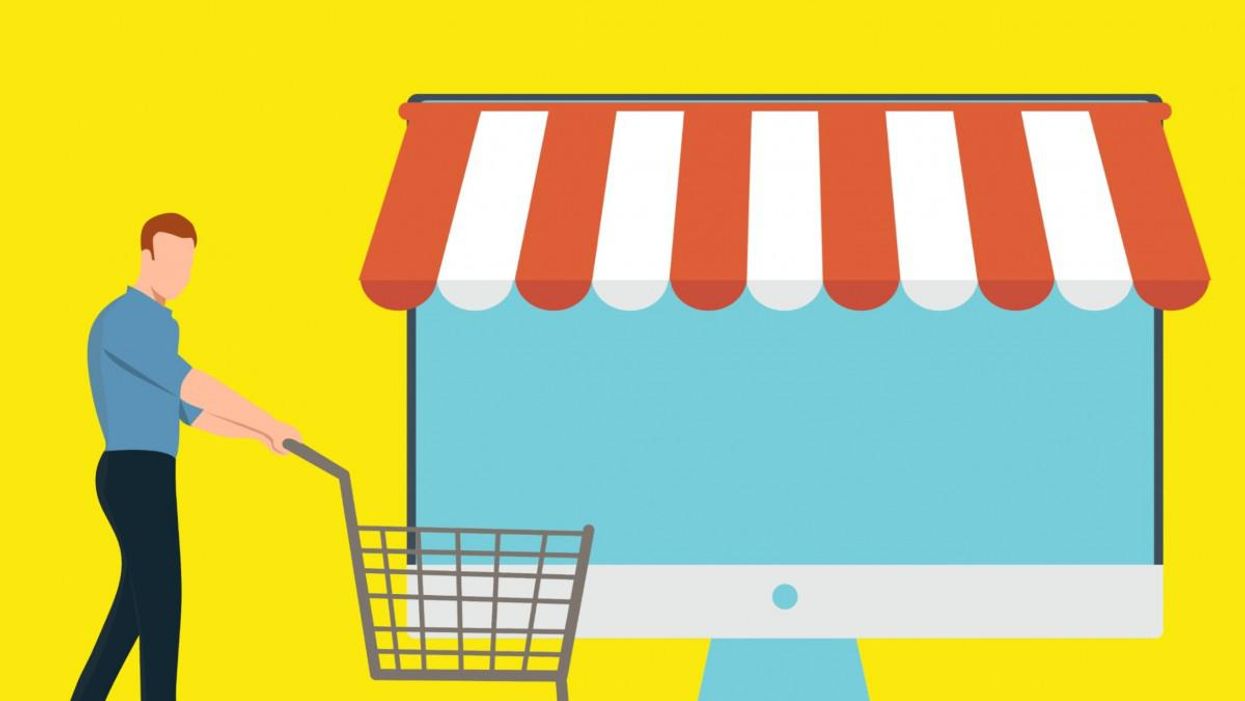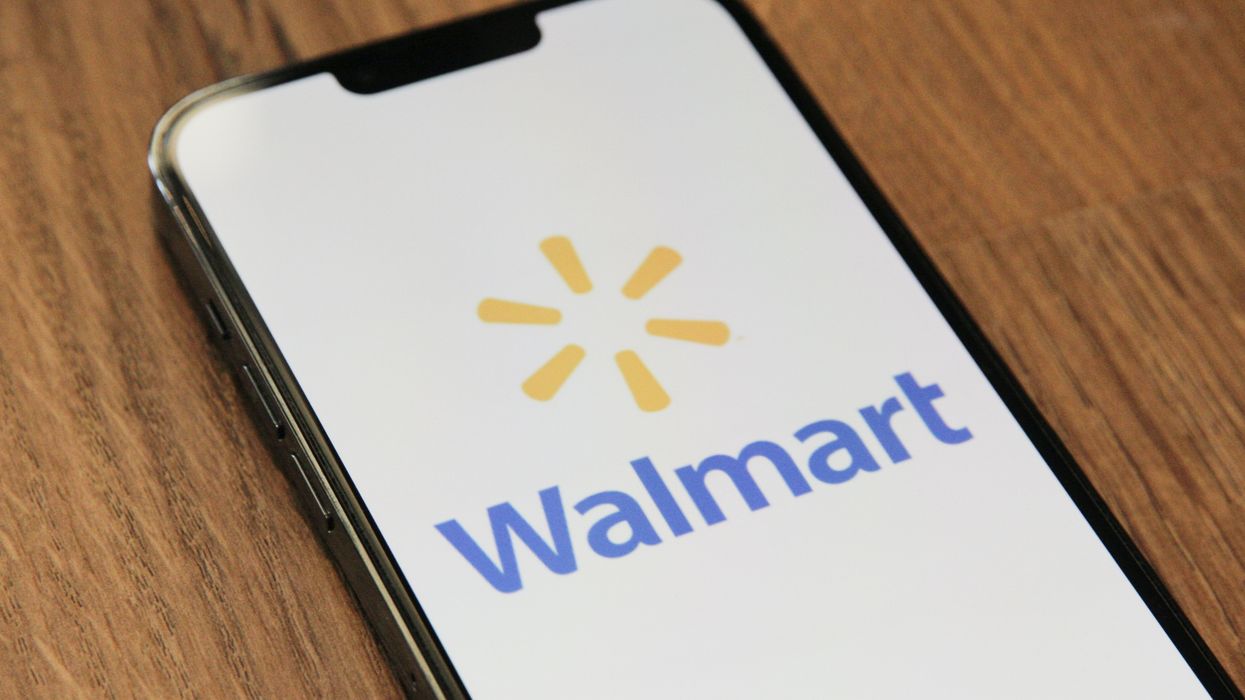Grow an audience, and an advertising business can follow.
From apps to social media networks, this has long been a tenet for web-based businesses. Now, as retailers are growing ecommerce capabilities, digital marketplaces are emerging as the next space where ads are converting to sales, and businesses with big margins.
Like Google and the social media giants before them, retailers are recognizing that attracting big audiences that are interested in shopping brings additional revenue opportunities through advertising. To capitalize, they’re setting up retail media networks. Recent earnings calls to recap 2021 offered a look at a recent spike in growth.
In the move that grabbed the biggest headlines, Amazon revealed the numbers behind its ad business for the first time. Advertising brought in $31 billion in revenue in 2021, and grew 32% in the fourth quarter alone. Taken together, it means Amazon has the third-largest digital ad business behind longtime leaders Google and Facebook, and has an ad business equal to the size of YouTube, Reuters reported.
Grocery delivery service Instacart sees advertising as key to its future growth, both through ads that appear on its marketplace, and a service that it will provide to other grocers as part of a digital enablement platform.
“It’s by far the fastest growing part of our business,” CEO Fidji Simo said of advertising at the ShopTalk conference, where she predicted it would make up a majority of the company’s revenue in the future.
Just as interesting was the growth of retail media among retailers that grew up attracting audiences to brick-and-mortar stores.
Walmart Connect, the advertising arm of Walmart’s ecommerce business, earned $2.1 billion in 2021, and active advertisers on the platform grew more than 130% year-over-year, the company said. This came in the quarter immediately after the company rolled out a demand side platform that helped extend its offerings beyond the Walmart website.
“We've got a business that's becoming increasingly digital,” Walmart CEO C. Douglas McMillon told analysts on the company’s February earnings call, underscoring how ecommerce and advertising are intertwined: “The ecommerce business, first-party, third-party is growing. It gives us the opportunity to grow advertising income."
Meanwhile, Target’s retail media network, called Roundel, drove more than $1 billion in value in 2021, the company said. It expects that number to grow to over $2 billion in the next few years.
Nordstrom launched a retail media network of its own as it saw an ecommerce business that was keeping pace with in-person stores. The Nordstrom Media Network had initial revenue of $40 million, and the company is planning to expand capabilities in the coming months.
Arts and crafts retailer Michaels is weaving together a retail media network through a newly-announced partnership with adtech company Criteo. It is looking to bolster discovery of relevant products, sponsored products, display and off-site advertising.
Others are expanding to scale. Consumer electronics store Best Buy now has an in-house network called Best Buy Ads, building on a previously announced partnership with Criteo.
Advertising shift
This growth comes as many brands and consumer goods companies are seeking new avenues for advertising following the privacy-oriented changes that came with Apple’s iOS 14.5 update in 2021, which made advertising on platforms like Facebook less of a sure bet.
With less third-party data now available, advertisers prize first-party data collected directly from a customer to reach them. Through data collected via purchases, loyalty cards, website registrations, browsing behavior and items added to a cart, retailers have lots of it.
“That’s pretty powerful because it’s indicative of what each of their shoppers are currently interested in buying, and that could provide some insights into life stages, personal interests, and even perhaps details around potential household income and family demographics,” said Angelina Eng, VP of Attribution & Measurement and the Programmatic+Data Center at the Interactive Advertising Bureau (IAB).
This data is key in the digital advertising work of segmenting audiences, and sending ads that fit with what those shoppers are most likely to buy.
The first-party data isn’t only powerful for CPG brands. Retail media networks are offering advertising for companies that sell goods that wouldn’t necessarily appear at the retailer. Even though a car company doesn’t have an item on the digital shelf, it might still be interested in reaching an audience that is well-understood, and may be in a buying mood.
When tying info from online advertising exposure to conversion data, there is even more power.
“Publishers are not only targeting within their own properties both digitally and physically, but they’re also leveraging that first party data in partnership with other publishers,” Eng said.
Brands are taking notice of these capabilities. As they seek alternatives in the post-iOS 14.5 landscape, they’re directing dollars that were once put toward converting on social media platforms toward retail sites.
“As more CPG brands, quasi-endemic and non-endemic brands look to retailers to buy media, you’re seeing that the overall budgets for media and marketing aren’t changing,” Eng said. Rather, “it’s shifting within the different channels, where retailers are seeing a bigger portion of those buys year-over-year.”
A complex landscape
Retail media offers a way for these brands to elevate their standing within a marketplace. They’re not only presented in more prominent ways, but can offer additional messaging, imagery and even storytelling.
Yet it is a complex environment, Eng said. Retail media networks aren’t all created the same, and brands entering the space must find the right person to talk to and understand the right inventory to offer, while also deciding how many different networks they should work with.
It’s a business that companies who make moving goods their primary profit center aren’t traditionally built to be in. To stand up their own media networks, retailers must draw on technical and advertising expertise. They must find a balance between selling products and display ads in a finite amount of space on a marketplace. With more retail media networks forming, it’s also an increasingly competitive space. Pricing will have a big impact, and brands will seek out self service tools to move quickly as they seek to stand out.
It’s not a landscape that retailers are navigating alone. To stand these networks up, they are bringing together in-house talent, outside agencies and partnering together to stand up efforts.
It also helps to share best practices with others building in this area. That's why IAB is convening a committee of leaders from both the buy side and sell side. This includes participants from adtech companies, retail media networks, agencies, advertisers and publishers. It is working to develop a marketplace guide to provide further transparency in the space.
With recent growth, there is promise that retail media is powerful new tool. Amazon is likely to be a leading indicator. But it's important to remember that this remains an emerging area. Strategies are still evolving. Constant learning is necessary. Given the recent activity, the opportunities to reach shoppers only seem likely to grow in the near future.
Related Articles Around the Web












